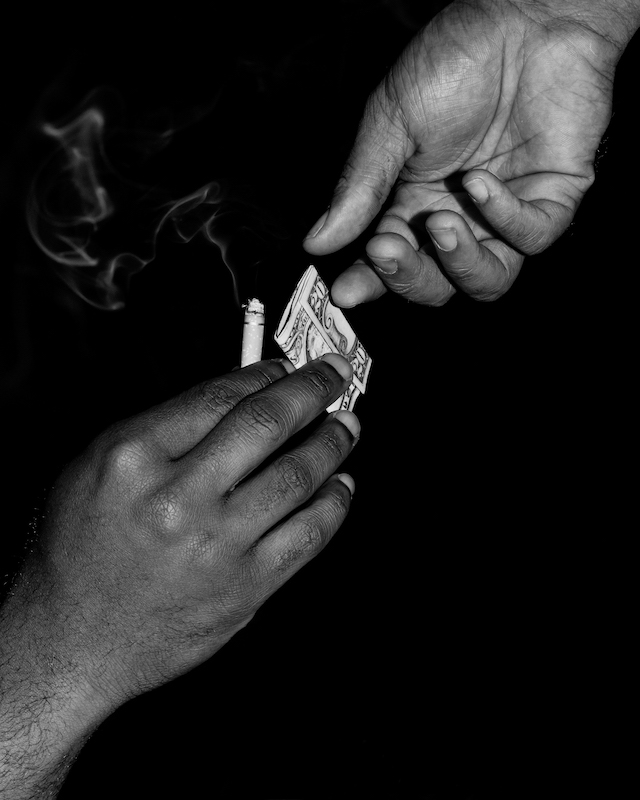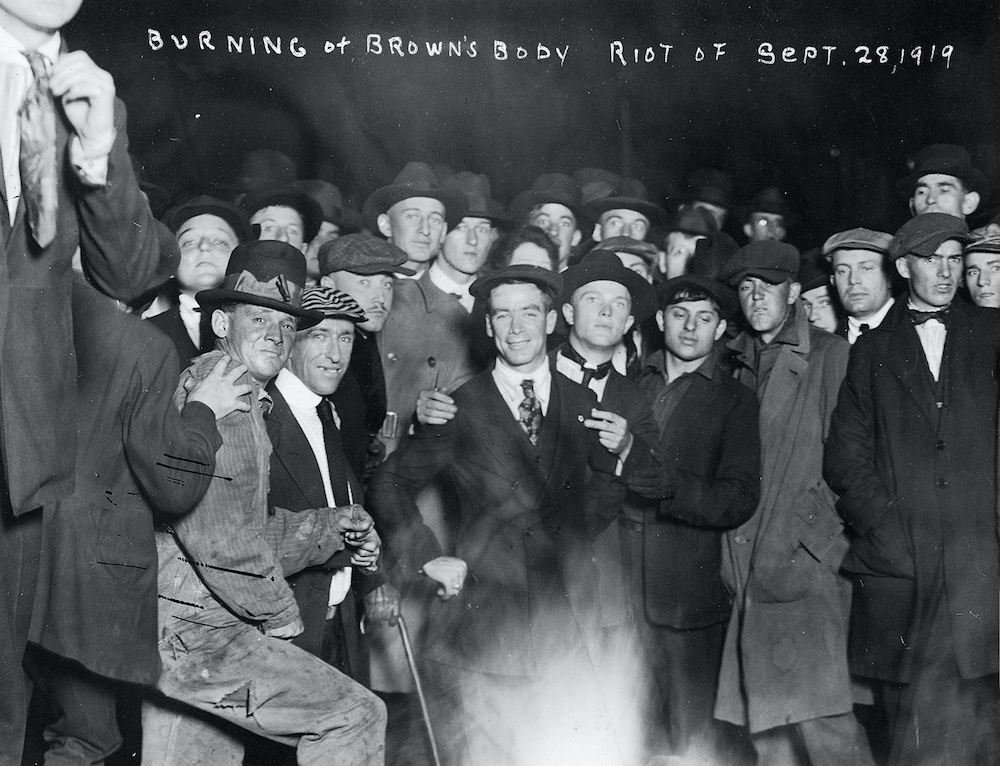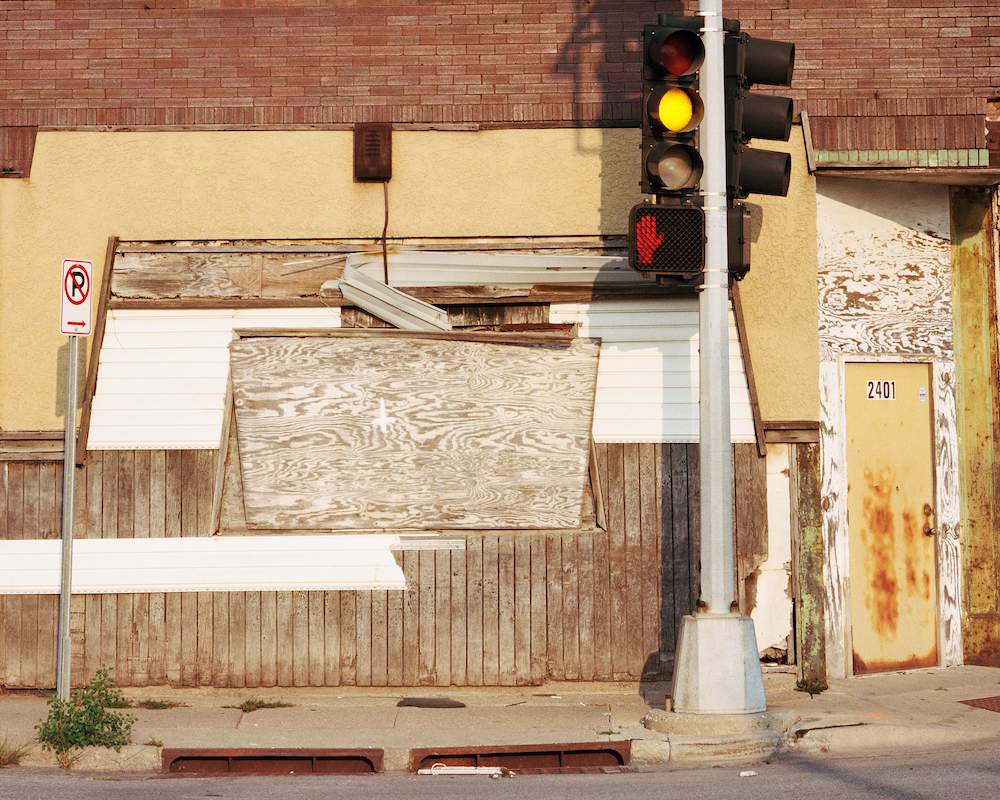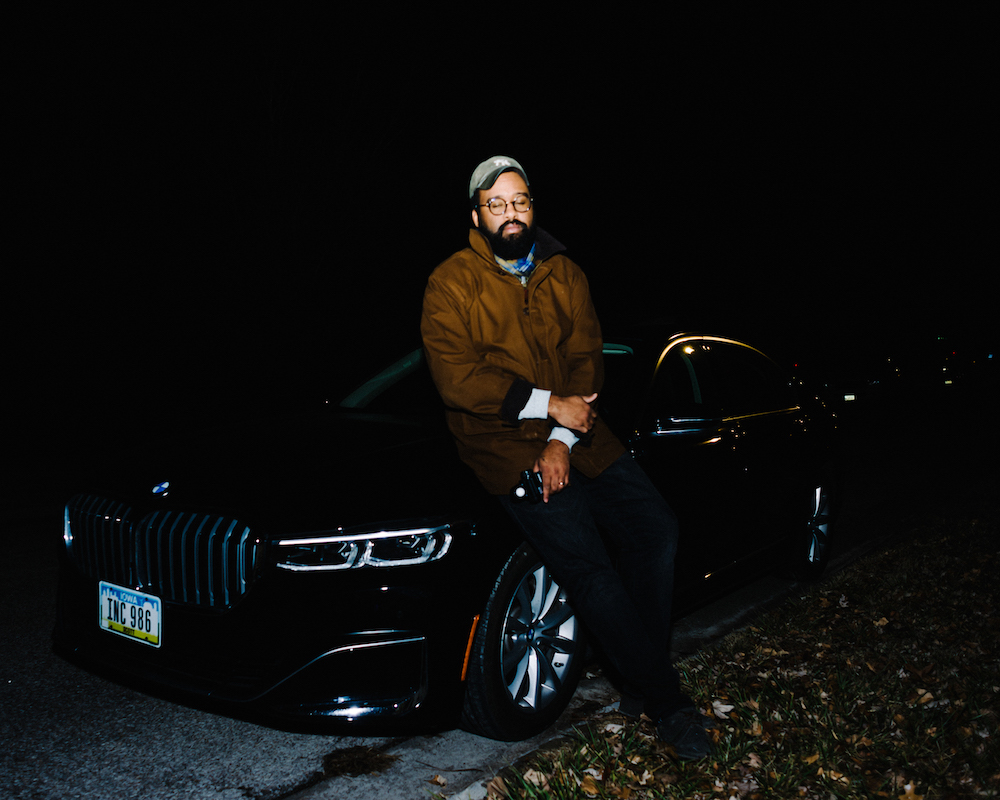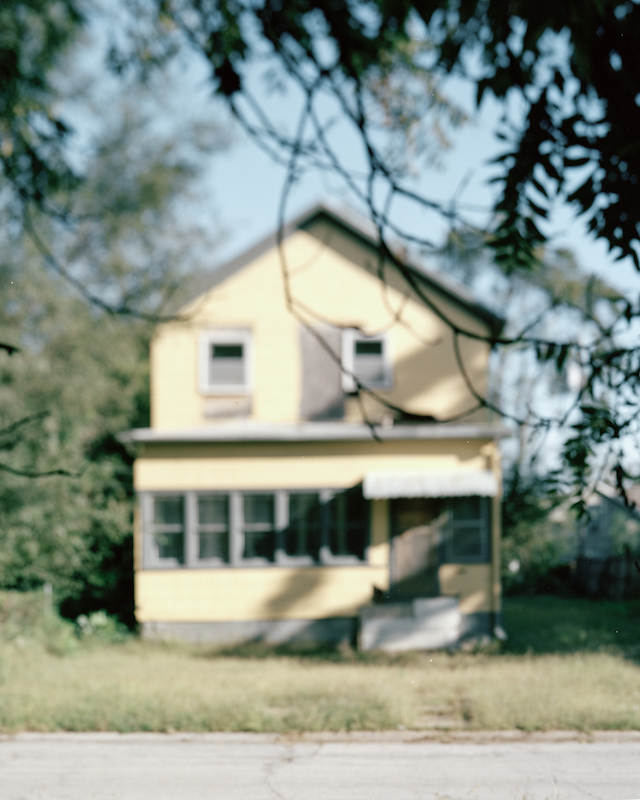The esteemed photographer talks us through his new roster of exhibitions and book, True Colors (or, Affirmations in a Crisis)
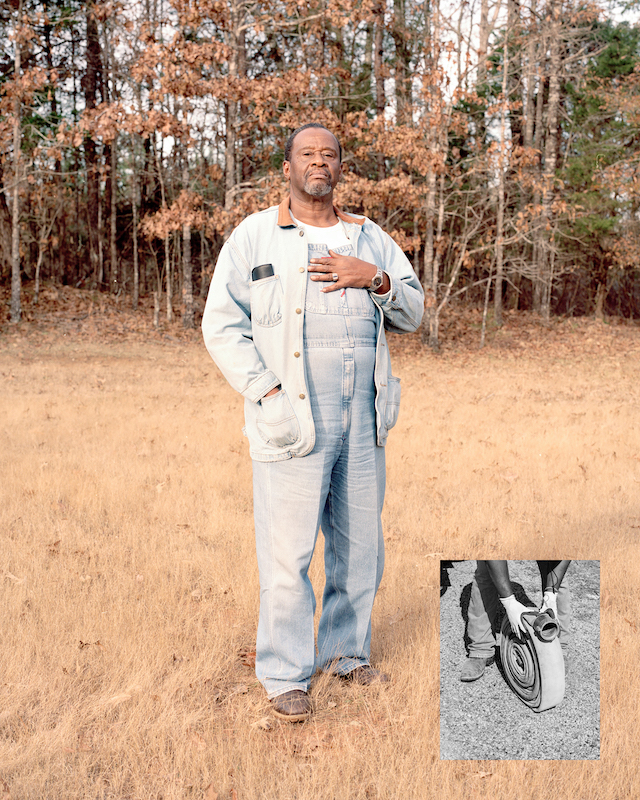
For Zora J Murff – a photographer, artist and educator based in Arkansas – to be published by Aperture is not too dissimilar from a chimera. An illusory dream of kinds, Zora could “hardly believe it” as he won the Next Step Award and was affirmed a new book from the publisher, entitled True Colors (or, Affirmations in a Crisis). Coupled with an exhibition at London’s Webber Gallery plus a presentation of his new series American Mother at Paris Photo, Zora is sharing perhaps his most direct and critical commentary of work to date – that being a compilation of photographs, archival imagery from the past 12 years. In these works, the artist speaks of power, privilege, race and white supremacy, plus the impact it’s had on Black people in America. Zora tells me more below.
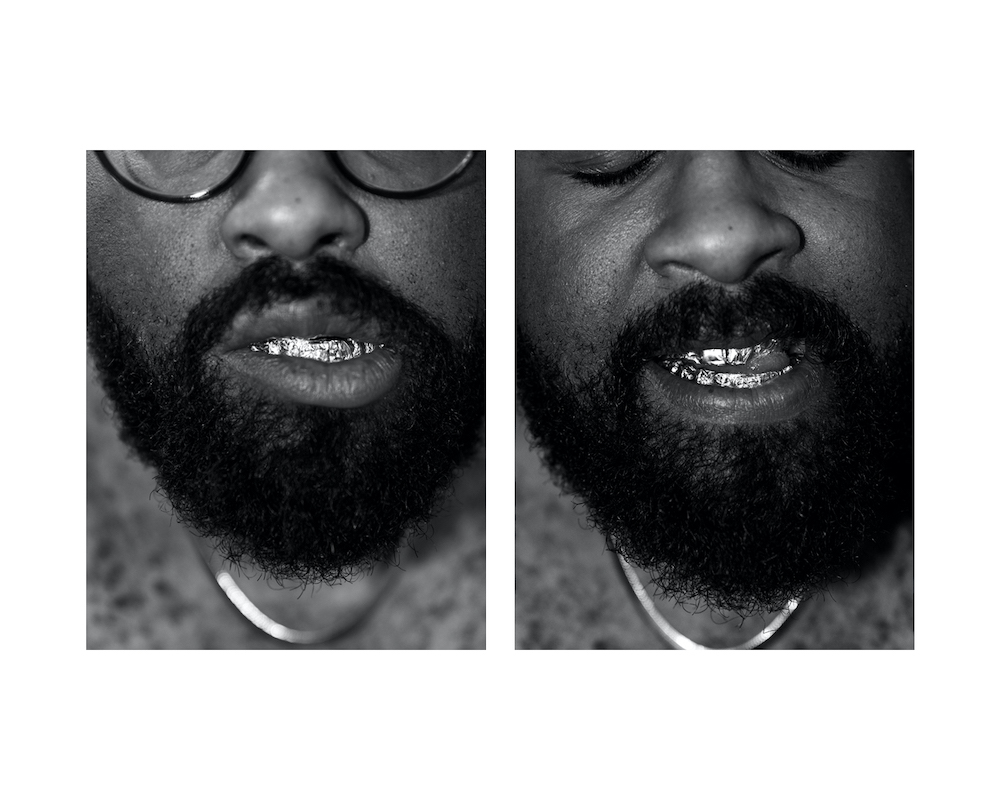
It would be great to begin by hearing about your first steps into photography. What sparked your interests in the medium?
I started taking photographs in my early 20s. At the time, I was a social worker providing services to kids in the juvenile criminal justice system. I found the work rewarding in many ways, but something always seemed missing. Being an employee of the criminal justice system was conflicting. Even though I served kids and families who found themselves in difficult circumstances, I was present as a punitive measure. It was an environment where most of our practices and processes were dissonant from rehabilitation, and even though I could understand what changes could change that reality, I wasn’t in a position to speak on or enact them.
I often felt stuck and decided to go back to school to study art. I started my first serious body of work, Corrections. Creating that work was my first education in researching a violent system and speaking on that violence through the practice and interpretation of image-making. Furthermore, I was fortunate to have a couple of professors, Margaret Stratton and Jeff Rich, who were present for my ideas and taught me how to articulate what I was trying to express both visually and in language. I quickly learned that I had been searching for a profession where I could work with people and help them in similar ways.
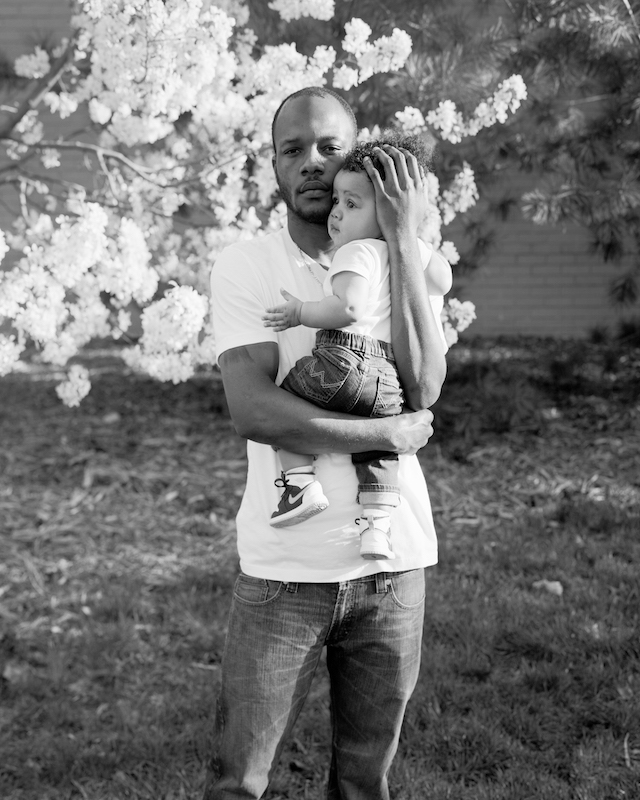
What’s your ethos and what messages are you hoping to share?
My ethos as an artist is to have the courage to be vulnerable and to speak my truth. In my earlier works, I kept a distance between myself, the subject, and the viewer. I am present with my thoughts and camera, but I am speaking on those things through nuance and perhaps imperceptibly. I credit this to studying in historically/predominantly white institutions where Blackness had not been allowed, was not accepted and therefore not understood. Because of our society’s belief and wholesale practice in racialisation, I find myself in adversarial situations for being Black. These confrontations happen daily, sometimes self-initiated but mostly by force. My work deals directly with existential questions and presents various aspects of our social reality. Those answers I have found don’t differ from my early experiences with my first professors: being an artist is an endeavour in self-determination. I carry this sentiment with me into everything I do.
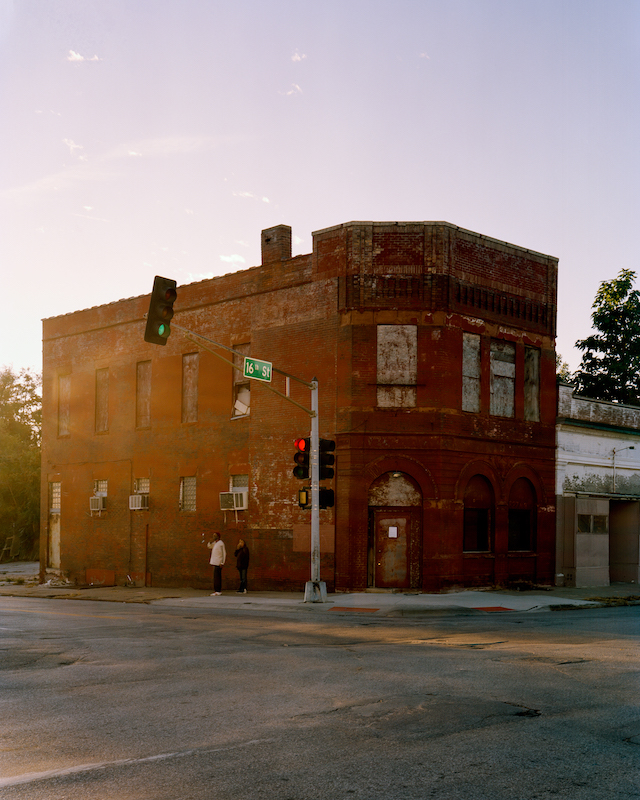
You’ve opened two exhibitions and recently published a new book with Aperture — tell me about this new body of work. How does it compare to your past projects?
True Colors (or, Affirmations in a Crisis) is me going for broke. When I first learned that I had won the Next Step Award and would be publishing with Aperture, I could hardly believe it. I had a conversation about it with the good homie Kris Graves, and his advice was, “Now is the time to be direct.” This book is me, parts of my life narrated by me and a choir of folx who have all supported me in getting to this exact moment. It’s not so much a body of work, but my collective commentary on the last 12 years as a means of being critical of “the come up.” I am talking about what it means to participate in systems whose agents have continually seen and used me as a diversity token.
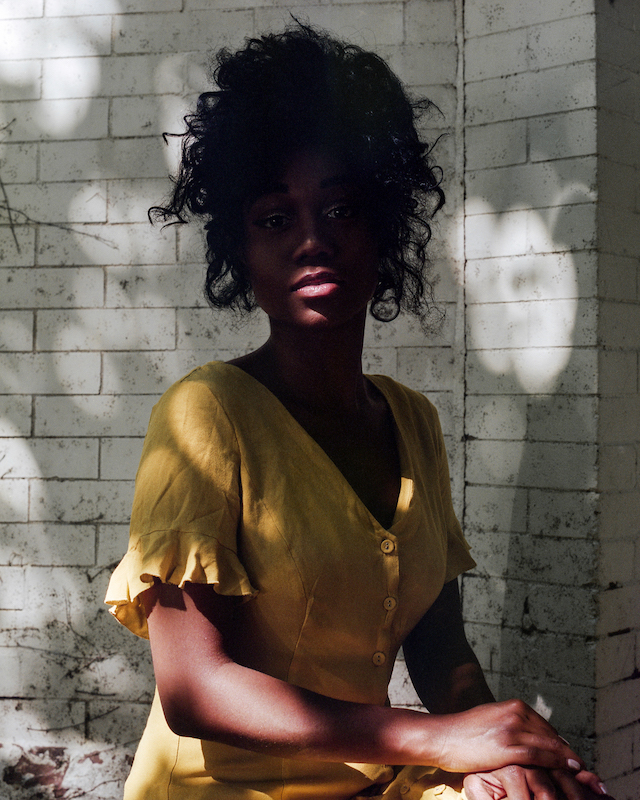
How do your hope your audience will respond to the work?
My goal with this process was to create something that pulled out all of the stops because it’s not every day artists get to publish at this level. My goal with this process was to spread this opportunity as widely as possible, so my people could eat.
I don’t have goals for audience response or plans for what this work can accomplish in general. As the title states, the book is me putting out affirmations for myself as I experience a crisis of consciousness. People who have lived similarly to me will find themselves in these pages. The only thing I could ever ask is that viewers bring themselves to the artwork with an open heart and critical mind (both outward and inward).
What’s next for you?
I’m going to take some time to celebrate and enjoy in this work with the people I love. Everything else is just white noise.
